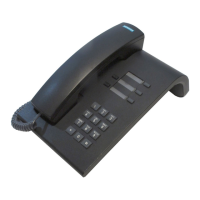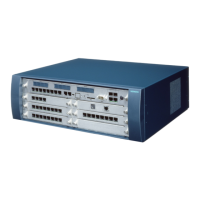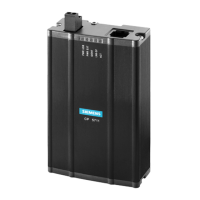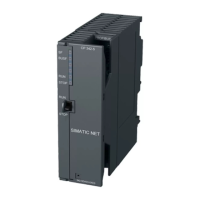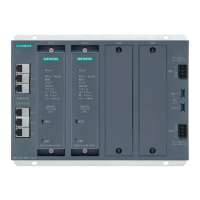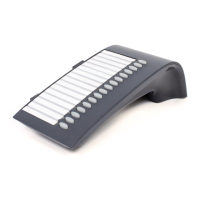Scenario 6: LCR released, no 2nd trunk code, Route type: PABX: no toll restriction check performed
in the original system but rather in the remote system.
Scenario 7: LCR released, 2nd trunk code, Route type: Trunk: all digits are subject to toll restriction
in the originating system.
Scenario 8: LCR released, 2nd trunk code, Route type: PABX: all digits are subject to toll restriction
in the originating system.
The following classes of service are always transferred to the remote system via CorNet:
Toll restriction 0 (internal trunk access) - no access (no trunk access)
Toll restriction 1 (outward-restricted trunk access) - can access only via attendant (incoming trunk
access)
Toll restriction 2-13 (allowed/barred lists) - local public network (evaluation in the 1st barred list in
Hicom 150 E Office)
Toll restriction 14 (unrestricted trunk access) - long distance public network (full access)
Prerequisites for programming example
Internal access is toll restriction 0 (permanently defined) - defined in access group 1 in the tool
Outward-restricted trunk access is toll restriction 1 (permanently defined) - defined in access group 2
in the tool
Restricted local access is toll restriction 9 (barred list 2) - defined in access group 3 in the tool
Unrestricted local area access is toll restriction 2 (allowed list 1) - defined in access group 4 in the tool
National trunk access is toll restriction 10 (barred list 3) - defined in access group 5 in the tool
European trunk access is toll restriction 11 (barred list 4) - defined in access group 6 in the tool
Unrestricted trunk access is toll restriction 14 (permanently defined) - defined in access group 7 in the
tool
Programming the master system via Assistant E
Allowed list 1 must remain empty. This is necessary because the toll restrictions of the slave system's
allowed and barred lists are passed on by the master system with the "local public network"
restriction. Local public network always references barred list 1. If this barred list is empty, however,
the toll restriction is evaluated as in the slave system.
Toll restrictions are programmed for the relevant location in accordance with the classes listed above
and assigned to the extensions.
Programming the slave system via Assistant E
Barred list 1 can be used without restriction in the slave system. This should only take place under
exceptional circumstances on account of uniform toll restriction checks in all telephone systems in the
federal territory.
The 2nd trunk code and the PABX route type must be entered in the slave system for the CorNet route
to the master system. (This is necessary since only then is the toll restriction check performed in the
http://cmweb01.mch.pn.siemens.de/e_doku/en/h150/h15/30/sh/2/15_815.htm (9 of 13) [06/04/2000 13:12:59]

